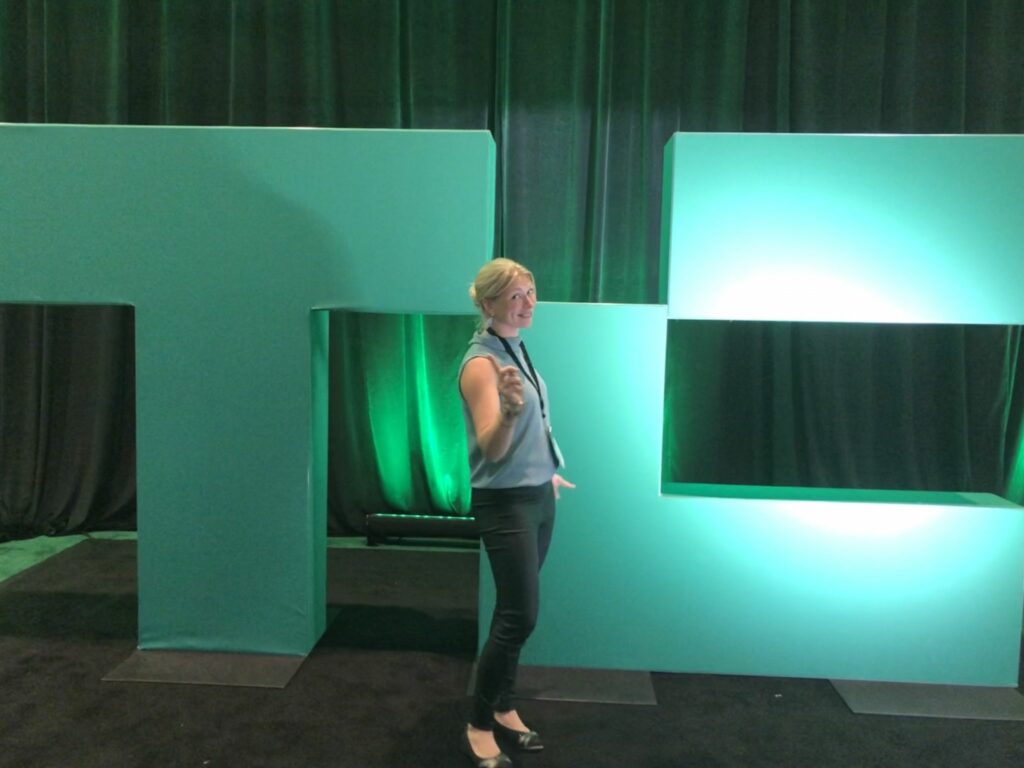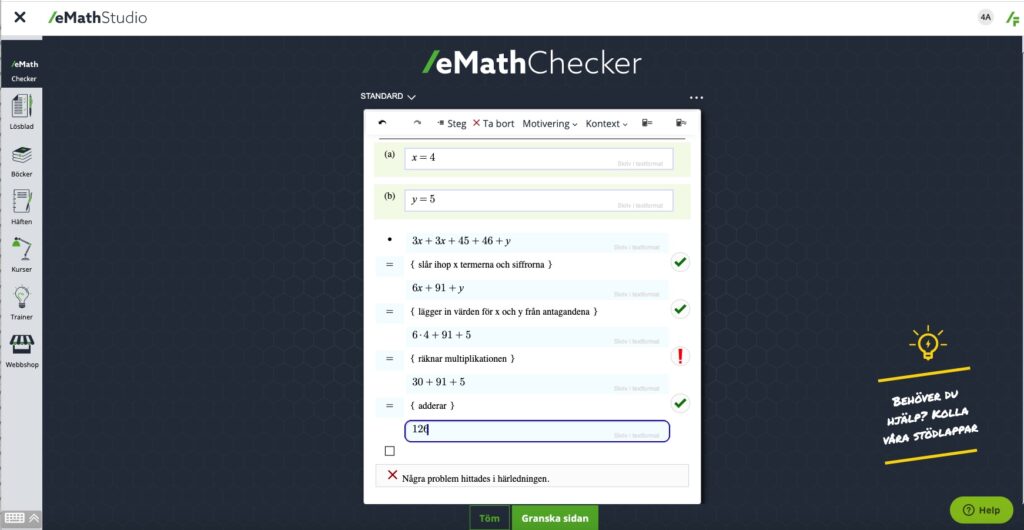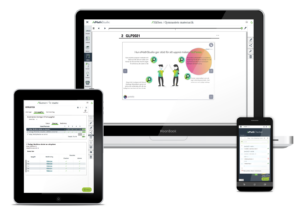9.6.2020
Increased demand for online tools developed at ÅAU
When the COVID-19 epidemic became a global pandemic, education at every level was moved online all over the world. The pandemic has meant a major international upswing in business for eMathStudio, a digital tool for distance education in mathematics developed at Åbo Akademi University.
The COVID-19 crisis has kept things busy for the company Four Ferries over the past couple months. The sharp rise in demand for its digital tool eMathStudio has, among other things, increased pressure to develop automated user support.
Ida Rönnlund, Chief Executive Officer of Four Ferries and a Doctor of Process Design and Systems Engineering at Åbo Akademi University, has been in contact with numerous teachers all over the world. Rönnlund explains that she has noticed how the challenges posed by COVID-19 to schools and teachers are the same all over the world.
“The problems are very similar. Teachers don’t know quite how to go from contact teaching to distance teaching, and they need someone who can provide them support when making this transition,” explains Rönnlund.

The eMathStudio tool was launched in 2019 and, thanks to the COVID-19 crisis, has enjoyed a major upswing in business. The number of pupils and students using the tool for their school work increased from 3,000 to 4,000, and the demand for it is international. Among other things, Four Ferries is now in the final phase of a course for tutors in Gambia.
“At the moment, eMathStudio is being tested by 50 teachers in 29 different countries. For every teacher who decides to use it in their school, we see an average of 300 new users,” says Rönnlund.
Unique checker follows the entire process
Digital tools for mathematics instruction usually work by checking whether an answer is correct or incorrect. eMathStudio is based on a unique ‘checker’, which checks and provides the pupil with feedback in the various steps of the process.

This gives the tool a certain educational advantage, even when it comes to normal classroom teaching. Teachers rarely have the opportunity to check how pupils arrive at their answers and, in the worst cases, exams are the only time teachers look at the process itself. As a result, pupils may have been making incorrect calculations for months without anyone knowing.
“The unique thing about eMathStudio is that it shows where the pupil has made a mistake while they are working, which allows the pupil to ask about things they are having trouble understanding. The teacher also gets a clearer idea of what problems their pupils are having and can plan their teaching based on this,” explains Rönnlund.
In line with the curriculum
Four Ferries was founded in 2017 to make a commercial product based on the research conducted by Professor (now Emeritus) in Information Technologies Ralph-Johan Back in 2010–2016.
The research behind the tool was conducted within the framework of the Turku Centre for Computer Science (TUCS), which serves both Åbo Akademi University and the University of Turku. The research consisted of two parts. One was technical, dealing with formalising mathematics so that the computer could understand it. The other was educational, examining how one could teach pupils to study mathematics in a way they could understand and explain each step being done.

“The new curriculum for upper secondary school emphasises the importance of pupils understanding what it is that they are doing. This is crucial in mathematics, which our study also demonstrated. If a pupil misses something in mathematics, it gets harder and harder to keep up, because everything is built upon theory learned earlier,” says Rönnlund.
eMathStudio is suitable for both classroom teaching and distance education in mathematics for lower general secondary education, upper secondary education, vocational schools, universities of applied sciences and universities. After two lessons, pupils can begin using the tool on their own.
“In the future, it is likely that education will alternate a lot between contact teaching and distance teaching,” says Rönnlund.
“Those using our tool before coronavirus hit have been in touch with us, saying how lucky they felt. Because eMathStudio can be used in both the classroom and distance teaching, they have been able to continue teaching normally and have barely noticed any difference.
